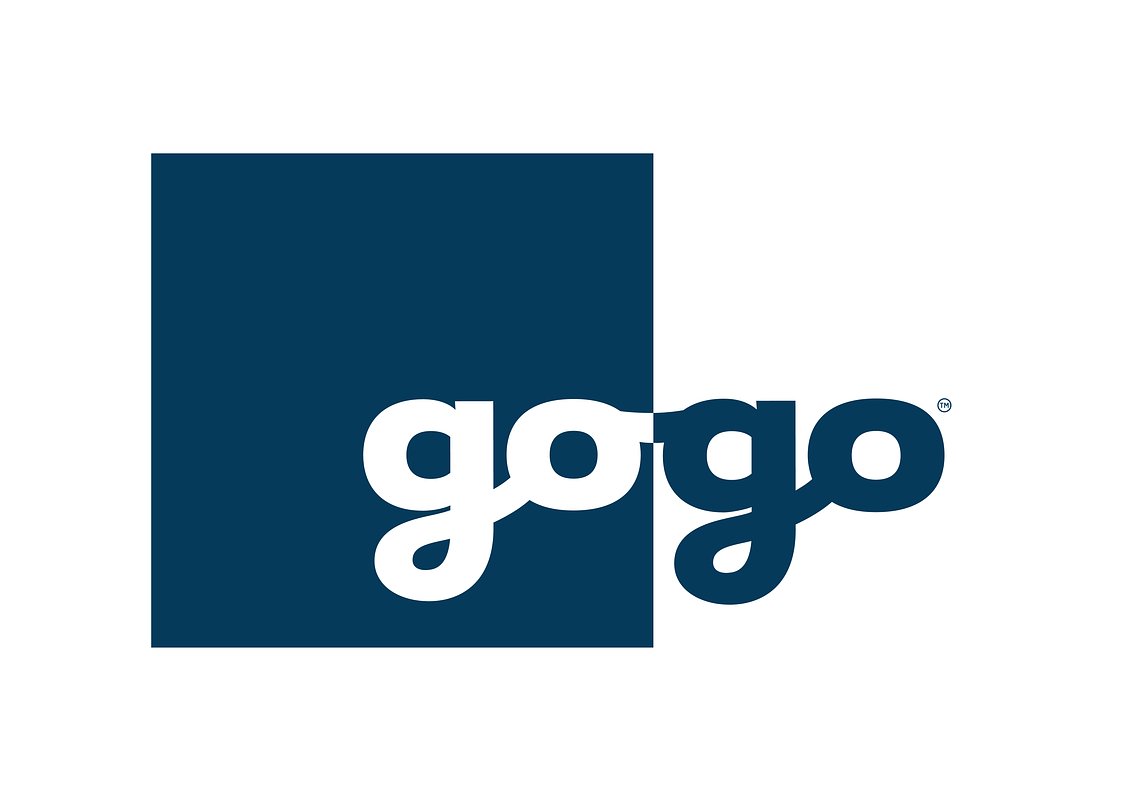
Gogo's 5G ATG: Reshaping Connectivity for Business & Defense Aviation
Gogo Aviation’s rollout of 5G air-to-ground connectivity aims to deliver faster, more reliable internet to business and defense aircraft. But can it compete with satellite solutions in a rapidly evolving market?
Gogo’s 5G ATG: Reshaping Connectivity for Business & Defense Aviation
By Stephanie Lewis
Gogo Aviation is betting big on 5G air-to-ground (ATG) connectivity, aiming to deliver a significant upgrade to internet services for business and defense aircraft. The company is currently undergoing flight testing and expects full service activation by the end of 2025, promising speeds up to 80 Mbps. While the market is increasingly crowded with satellite-based solutions, Gogo believes its 5G ATG network offers a compelling combination of speed, reliability, and cost-effectiveness, particularly for regional and domestic routes.
A Crowded Sky: The In-Flight Connectivity Landscape
The in-flight connectivity market is experiencing rapid growth, projected to reach $12.8 billion by 2028, according to Fortune Business Insights. Driven by the increasing demand for bandwidth-intensive applications like video conferencing, streaming entertainment, and cloud-based services, passengers – and crucially, crew and mission-critical operations within defense applications – are demanding seamless connectivity throughout their flights.
While satellite solutions from Viasat, Intelsat, and most recently, Starlink, have garnered significant attention, they aren't without drawbacks. Latency can be a concern with geostationary satellites, and costs can be prohibitive for some operators. “There’s a lot of hype around LEO (Low Earth Orbit) satellites like Starlink, but the infrastructure build-out and ongoing costs are substantial,” says an industry analyst. “Gogo is hoping to capture a segment of the market that values a more predictable cost structure and lower latency for regional connectivity.”
Gogo’s 5G ATG: A Regional Focus
Gogo’s strategy centers around its established air-to-ground network, which currently serves a large portion of the business aviation market. The company has invested heavily in upgrading its ground infrastructure to support 5G technology, integrating a new 5G chip into its AVANCE LX5 and X3 systems. “The beauty of Gogo’s approach is that they’re leveraging existing infrastructure,” explains a source familiar with the project. “They aren’t starting from scratch like some of the satellite players.”
The company claims that its 5G ATG network will deliver lower latency and more reliable connectivity than satellite-based solutions, particularly for regional and domestic routes. This is a critical advantage for business aviation, where seamless connectivity is essential for productivity and communication. But the benefits extend to defense applications as well.
Defense Applications: A Growing Opportunity
Beyond the commercial aviation sector, Gogo is actively pursuing opportunities in the defense market. Reliable, secure connectivity is increasingly vital for military operations, enabling real-time data sharing, intelligence gathering, and command and control. “Modern warfare is data-driven,” notes a defense industry consultant. “The ability to process and share information quickly and securely can be a decisive advantage.”
Gogo’s 5G ATG network offers several advantages for defense applications. Its lower latency and higher bandwidth can support mission-critical applications like video surveillance, data analytics, and secure communications. The network’s coverage area and scalability also make it well-suited for a variety of military operations. Furthermore, the existing network architecture may be easier to secure and integrate into existing defense infrastructure than satellite solutions.
“There's a growing demand for secure, reliable connectivity in the defense space, particularly for platforms that operate within domestic airspace,” says a source familiar with military requirements. “Gogo is well-positioned to address that need.”
Navigating Regulatory Hurdles and Competition
Despite its potential, Gogo faces significant challenges. Securing FAA certification for its 5G network is a complex and time-consuming process, requiring extensive testing and validation. The company has a proven track record in this area, but the regulatory landscape is constantly evolving.
Furthermore, Gogo must compete with well-funded rivals like Viasat and Starlink, which are aggressively expanding their coverage and capabilities. Starlink, in particular, poses a significant threat, offering global coverage and high speeds at a competitive price. “Starlink is a disruptor,” admits an industry insider. “They’re forcing everyone to up their game.”
To differentiate itself, Gogo is focusing on its core strengths: its established network, its regional focus, and its commitment to providing a reliable and secure connectivity solution. The company is also exploring partnerships with other technology providers to expand its capabilities and reach.
Pre-Provisioning & Future Growth
Gogo has already secured pre-provisioning commitments for approximately 400 aircraft, indicating strong interest from its existing customer base. This provides a solid foundation for future growth and allows the company to scale its network efficiently.
“The pre-provisioned aircraft are a good indicator of demand,” says an analyst. “It shows that operators are willing to invest in Gogo’s technology.”
The company is also actively pursuing new opportunities in the defense market, targeting platforms that require secure, reliable connectivity for mission-critical operations.
Conclusion
Gogo’s 5G ATG network represents a significant investment in the future of in-flight connectivity. While the market is highly competitive, Gogo’s regional focus, established network, and commitment to security position it well to capture a significant share of the business and defense aviation markets. The coming years will determine whether Gogo can successfully navigate the regulatory landscape, fend off competition, and deliver on its promise of faster, more reliable connectivity for its customers. The successful execution of this strategy could be a game-changer for both commercial and defense aviation.
